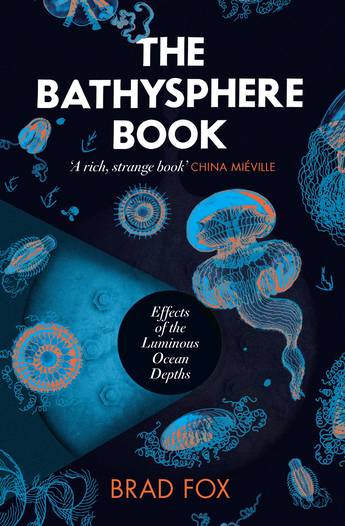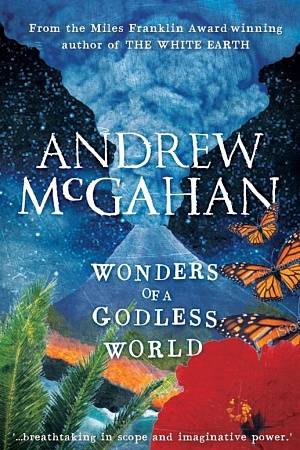The Bathysphere Book: Effects of the luminous ocean depths
Pushkin Press, £22 hb, 384 pp
The eye of the deep
In 2019, Smithsonian magazine published a profile of an American inventor, entrepreneur, and undersea explorer named Stockton Rush. Rush and his company, OceanGate, had recently celebrated the successful descent of their experimental manned submersible Titan to the extraordinary depth of 4,000 metres. Titan’s design was innovative in two important ways: its body was composed centrally of carbon fibre, which made it light and comparatively inexpensive to operate, and it was a cylinder. A spherical sub might have had ‘the best geometry for pressure’, observed Rush, ‘but not for occupation’ – and this represented an unpalatable check on OceanGate’s plans to deliver groups of high-paying tourists to the wreck of the Titanic. ‘I had come across this business anomaly I couldn’t explain,’ Rush reflected: ‘If three-quarters of the planet is water, how come you can’t access it?’
Early coverage of OceanGate’s ambitions, in Smithsonian and elsewhere, framed Titan as an extension of, as well as a departure from, a tradition of modern subsea exploration dating to 1930. In June that year, the zoologist William Beebe and the engineer Otis Barton squeezed into a steel orb called the ‘bathysphere’ before being submerged nearly 250 metres beneath the surface of the western Atlantic Ocean off Bermuda. ‘Ever since the beginnings of human history,’ Beebe later wrote, ‘thousands upon thousands of human beings had reached the depth at which we were now suspended, and had passed on to lower levels. But all of these were dead.’ Undaunted, Beebe and Barton followed them down: a second dive, conducted just five days later, attained about 400 metres. In 1934, the bathysphere completed a plunge to the very end of its more than 900-metre-long tether. If this was supposed to represent a kind of triumph, Beebe himself seemed ambivalent. ‘I’ll tell the world,’ ran a quote in Newsweek, ‘that this is the last time I’ll attempt record-breaking dives which really have no scientific value.’
Continue reading for only $10 per month. Subscribe and gain full access to Australian Book Review. Already a subscriber? Sign in. If you need assistance, feel free to contact us.












Leave a comment
If you are an ABR subscriber, you will need to sign in to post a comment.
If you have forgotten your sign in details, or if you receive an error message when trying to submit your comment, please email your comment (and the name of the article to which it relates) to ABR Comments. We will review your comment and, subject to approval, we will post it under your name.
Please note that all comments must be approved by ABR and comply with our Terms & Conditions.